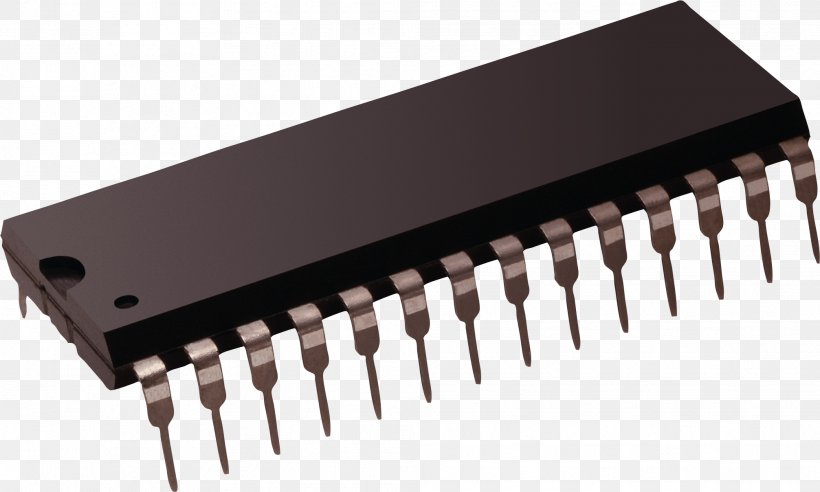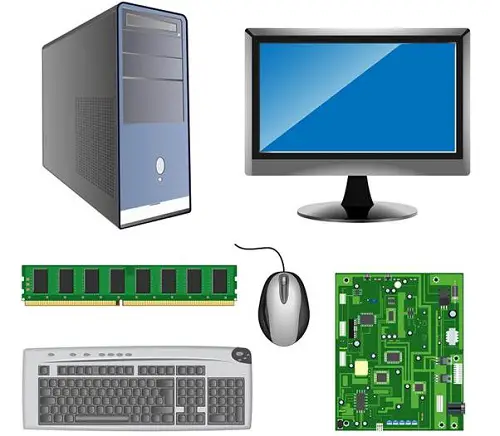ROM is an acronym for Read Only Memory. This article will give an explanation of what ROM is and will give the various types of Read Only Memory. Enjoy!
Table of Contents
A little Background Information
As you know, electronic devices have a set of instructions used to accomplish tasks. Some of these instructions are used by the devices quite frequently and need to be put in a storage medium which does not allow the user to change the contents. That is where ROM comes in.
The main function of ROM is to store sets of instructions that do not change. This type of permanent software is usually referred to as firmware. An example of a ROM chip that virtually everyone uses is the Basic Input Output System (BIOS). This chip is used to provide the instructions critical for loading basic computer hardware. This helps the computer perform the Power-On-Self-Test (POST) in which the computer checks if all the requirements for the boot up sequence are met.
If the computer does not pass the POST test, then a combination of beeps is emitted, which shows that a problem is present with the computer. Such a critical task needs a chip which stores data even when the power goes off. This therefore means that the BIOS chip can store the critical instructions needed to start the computer regardless of whether there is power or not.
This type of storage is different from Random Access Memory (RAM) in that RAM is non-volatile. This means that once there ceases to be an electrical supply, all the contents in the RAM are lost.
Random Access Memory is mainly used in applications where the data present is used by an application. This data is then processed to become information and is stored in a secondary storage device such as a Hard Disk Drive (HDD).
Read Only Memory is an electronic storage type that comes inbuilt in the electronic device during the manufacturing process. This may come in the form of a small chip (usually those black ones). It is referred to as non-volatile storage – which means data is retained in the chip when power goes off.
Types of ROM
Just like anything in the world, there are very many types of Read Only Memory. The use of each type of ROM depends on the application. Here are the five main types of ROM:
- Standard ROM
- Programmable ROM – PROM
- Erasable Programmable Read Only Memory – EPROM
- Electrically Erasable Programmable Read Only Memory (EEPROM)
- Flash Memory
Standard ROM – ROM
This is also referred to as Classic ROM and Mask-programmed ROM. This type of ROM usually refers to the ROM produced by a manufacturer. It cannot be changed. This type of ROM is usually the cheapest as compared to all the other types. In this type of ROM, current is sent through a specific input-output pathway. This is determined by the precise location of fuses that are present among the rows and columns of the chip. The current which passes through the chip can only pass through a fuse enabled pathway and only returns through the output chosen by the manufacturer.
Note: The process of creating Read Only Memory chips from scratch in not feasible. It is quite expensive in small quantities, and it is time consuming. This is why the programmers usually opt for other types of Read Only Memory and leave this type for the manufacturers.
Programmable ROM – PROM
This type of ROM is quite similar to standard ROM, with the key difference being that Programmable ROM can be purchased without any instructions present in the ROM chip. This allows the client to load a set of instructions into the Read Only Memory chip. This is achieved by using a device usually referred to as a programmer, PROM burner, or a PROM programmer.
The device allows current to utilize all available pathways. The programmer uses the pathways that she wants the current to flow through. This is done by transmitting a high voltage through the undesired fuses to burn them out. This is the reason why the programmer is commonly referred to as a “PROM burner.” This process can be done once and is irreversible. Since these chips are relatively inexpensive, they are quite great for prototyping data for a ROM before engaging in the very expensive ROM fabrication process.
Note: Static electricity can also produce the same effect – usually by accident. This therefore leaves the PROM chips more susceptible to damage as compared to the conventional ROM chips.
Erasable Programmable Read Only Memory – EPROM
EPROM is another type of ROM. These are the ROM chips that allow the client to write and rewrite to them multiple times. This is achieved by using high voltage and ultraviolet light.
An EPROM programmer is used which emits ultraviolet light of a specific frequency through quartz windows present in the chip. The light emitted then burns the charges in the EPROM in order to reopen the circuits. As a result, the EPROM chip becomes blank, and allows the user to re-load data into the chip. New instructions are then loaded into the chip using the same process as that used for programming PROM chips. This process can take up to 10 minutes.
These chips have a finite number of cycles – usually around 1000 erasures. After that, they usually get worn out.
Electrically Erasable Programmable Read Only Memory (EEPROM)
EEPROM chips are quite similar to EPROM chips, with the main distinction being the method used to erase the data in the chips. Unlike EPROM, EEPROM chips are erased by exposing the chips to an electrical charge. This therefore means that there is no need for a transparent window. This type of ROM usually has a life time of up to 10 000 write cycles. This process is much quicker than EPROM, as it hovers around 4-10 milliseconds.
Another key difference between EPROM and EEPROM is that client can selectively erase and program any location. In addition, instead of wiping off all the data, the client can choose to erase data one byte at a time. This therefore makes the reprogramming process much more flexible.
Flash Memory
This is an improved version of EEPROM. This type of ROM has several advantages which include but are not restricted to the following:
- Longer life time – up to 1 000 000 cycles
- Reprogramming process is much faster than that of EEPROM
- Have much larger capacities – e.g. 32 GB of storage
This article has given a clear explanation of ROM, the types of ROM and its applications. I hope you enjoyed it!





